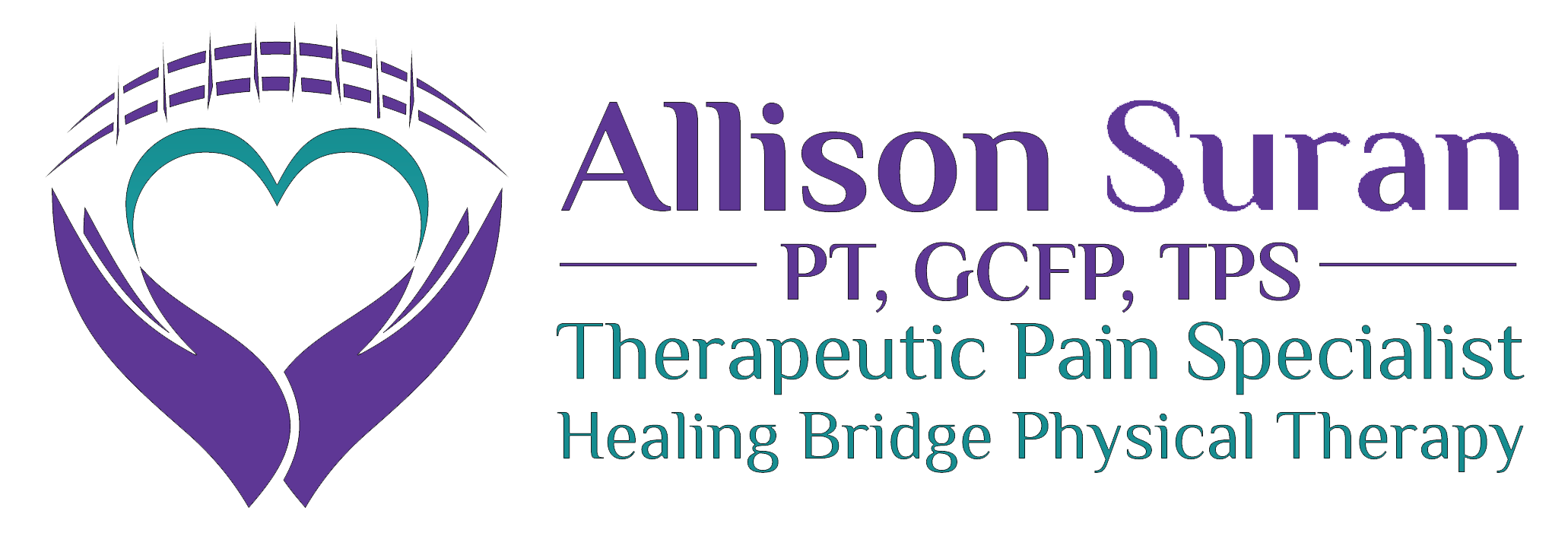Calm Your Pain-Brain
October, 2016
Teaching regular classes to help folks understand their pain is incredibly rewarding for me. Just last week a woman came up to me after the class and shared something valuable she had learned. She had broken her ankle a while back and ended up with the diagnosis of Complex Regional Pain Syndrome. This may be one of the worst types of pain a person might experience.
After the class, she told me, I have been “hating my foot”. She realized this was not helping her healing and probably adding to the stress/pain cycle. I consider these kinds of “ah ha” moments to be liberating for anyone in pain. When someone resents a part of their body because it is painful, the emotional charge creates a release of chemicals in the brain which can influence and exacerbate persistent pain.
I celebrate that this information is no longer the “airy-fairy” stuff of holistic medicine. Rather, research has discovered the complexities and physiological contributions that our stress, in all its forms, can become inter-mixed with ones physical pain. I tell my patients that this does not mean that “your pain is all in your head.” Instead, we need to consider if their past or current stressors are contributing to a brain/pain environment. Once a person in persistent pain understands that they need to calm the pain by calming their brain our work can begin.
Our medical-mechanical model of pain tells us that once we fix the faulty tissue, the pain will resolve. Unfortunately, people in persistent pain have benefited partly or not at all from this approach. Although there can be continued tissue-issues of concern, once the pain has gone on for longer than 3-6 months, the protective mechanisms of the brain can become overly sensitive to anything that may be interpreted as a threat. I tell my patients that the brain’s job is SAFETY AND SURVIVAL. The brain will do what it thinks is necessary to keep its’ person safe! With on-going pain this means the brain may create more pain sensitivity to anything that seems “threatening”, which can include everyday or past stressors that keep ones nervous system activated.
Anything a person in persistent pain can do to manage their habitual stress will likely assist in decreasing their pain experience — and, this takes patience, self-compassion and a commitment to practice. Bringing ones unconscious, habitual thoughts to the forefront and learning to calm the brain means taking time to listen, meditate, relax, breathe, visualize, etc. In the example above, as this woman learns to compassionately care for foot and herself, her other therapy interventions will likely be more successful. There are countless strategies that can be effective and each person needs to learn what works for them. Unfortunately, denial is not typically the strategy of success! 🙂
There are countless books, websites, classes, and opportunities to learn to calm the brain and when people apply themselves to practice, they often experience relief. However, many people need guidance and support. My new Calm Your Pain program is one of many approaches that can be helpful. If you are continuing to experience on-going pain come to my FREE introductory class and learn more. Then, for the quality of your life, make a commitment to find what works for you to Calm Your Brain so that you CAN Calm Your Pain.
In Health,
Allison Suran

